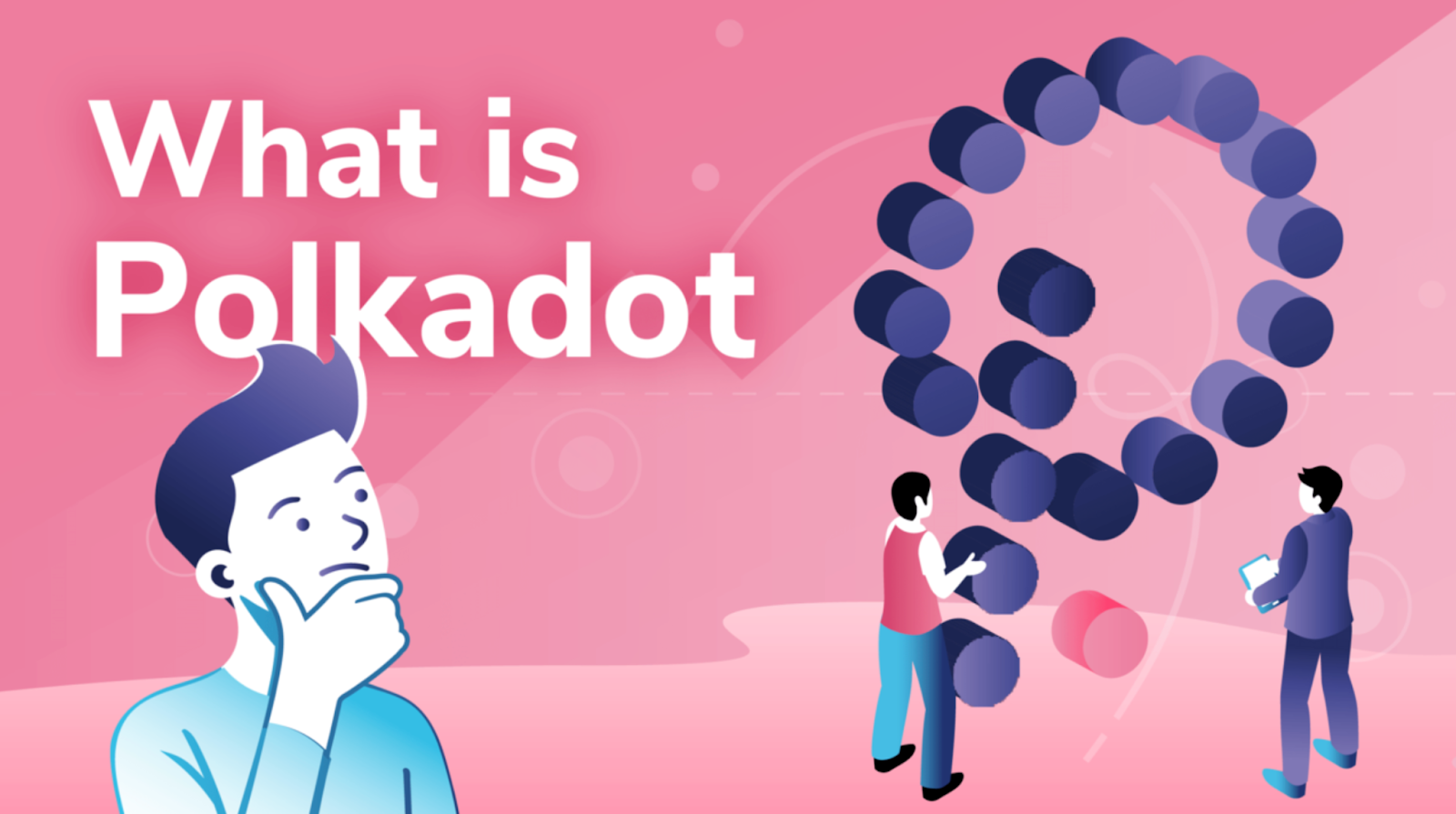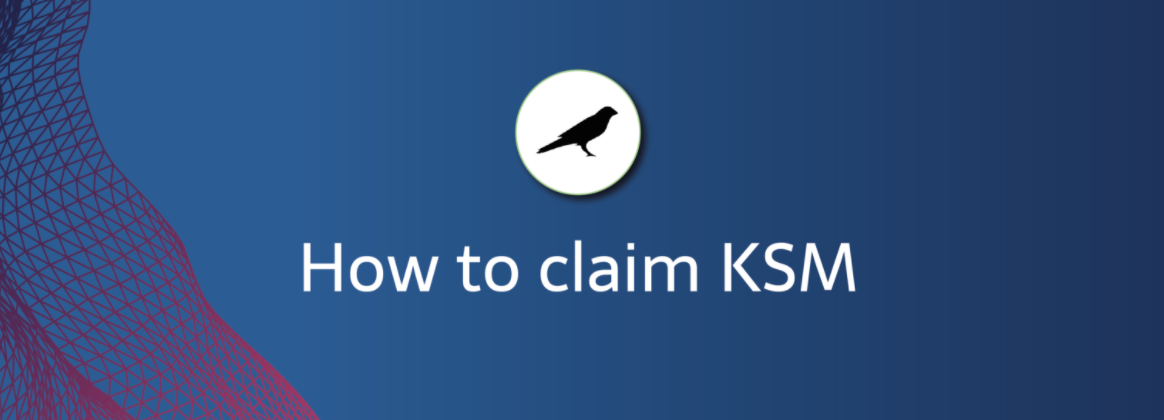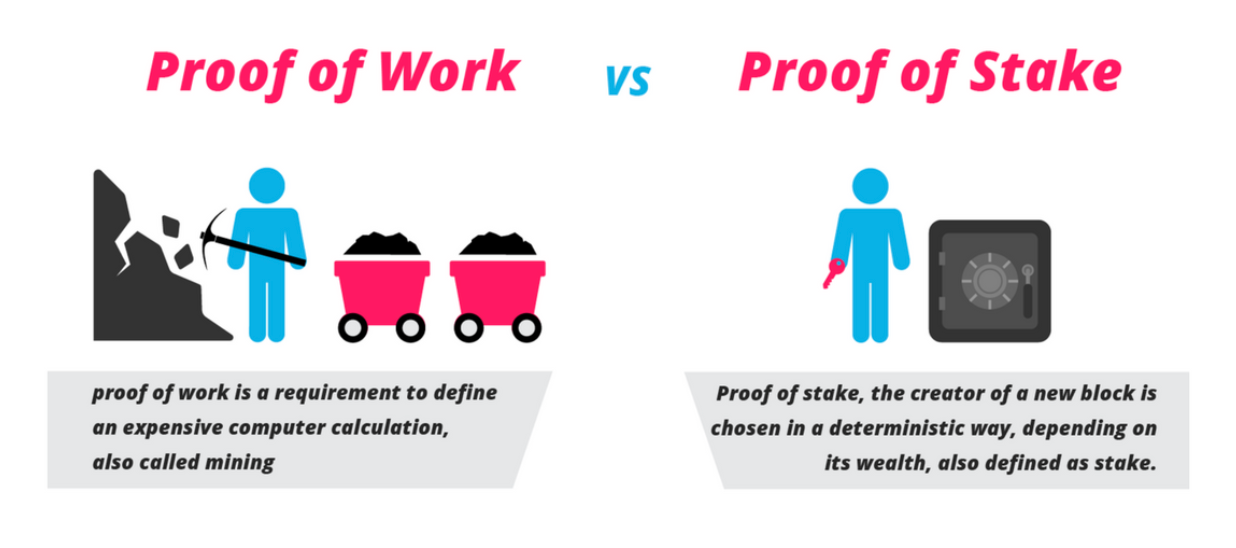You may have previously heard of Polkadot’s so-called “wild cousin”, Kusama. Specifically, Kusama is an unaudited, early release of Polkadot that serves as a proving ground for developers to test out features of Polkadot before deploying. With Kusama, teams can deploy decentralized applications (dApps) and parachains in a real environment.
We'll get into parachains a bit later in the article. But first, we'll look at some of Kusama's features, what's possible with it, the KSM token, and why Kusama is called a "canary network" for Polkadot.
If you're unsure about Polkadot, you can read our article, What is Polkadot - Polkadot and DOT Explained. Better yet, take the Polkadot 101 course at Ivan on Tech Academy.
Canary in the Coal Mine
Kusama is often called "Polkadot's wild cousin", or is described as Polkadot’s “canary network”. That's because Kusama caters to new, high-risk projects that ultimately seek to build and deploy on Polkadot.

Also, just like in the old days, if a canary could survive down in the coal mine, the miners knew it was safe to go down and breathe the air. Kusama is like the canary in that it warns developers of potential issues to make sure everything is well down the chain.
What's Possible on Kusama
On Kusama, users can:
1. Deploy a dApp or parachain.
Parachains are parallel chains. We'll talk more about them later. For now, know that Kusama will have the required functionality to deploy parachains before Polkadot does.

2. Become a validator.
The staking requirements to become a validator on Kusama are lower than Polkadot. There are also programs available to help community validators learn the ropes.
3. Explore governance.
Vote on new proposals to help guide Kusama's future.
4. Join a secret society.
Rumor has it that users can join a crypto fraternity as long as they're willing to get a Kusama tattoo.
Kusama Embraces Chaos
Besides canary, the term "chaos" is another Kusama descriptor. Even though the network is getting more battle-tested, playing it safe is not the motto here. Kusama is about trying new things and moving fast. It sounds a lot like the Facebook motto of "move fast and break things." The warnings and disclaimers are there for every would-be developer to see: Kusama is a network for experimental research and development (R&D).
But "R&D" also stands for Risk and Danger. Kusama is an experimental version of Polkadot. It's community maintained, and there is no central authority figure standing by with one hand placed on the kill switch.
Paving the Way for Polkadot
Kusama stands for bleeding-edge technology that attracts those keen to experiment. It's tailor-made for developers looking to innovate and radically push the limits.
Hence, there are no guarantees nor promises about how Kusama will work. However, without a tester network like Kusama, developer teams would have no way to know the potential dangers that may lie ahead for them on Polkadot.
Are you ready to become a blockchain developer? Just think how exciting it would be to create ground-breaking dApps on Kusama or other platforms. Sign up for Ivan on Tech Academy and get started today!
What is the KSM Token?
KSM is Kusama's native token, and it's the token holders who own Kusama, not a central power. On-chain governance determines any changes to the protocol. So, it's a community of network participants who vote and govern Kusama and guide the network's future evolution.
Kusama has on-chain governance capabilities similar to Polkadot's. It's permissionless and decentralized, and anyone holding KSM tokens (or parachain tokens) can vote on proposals. These proposals can include such things as upgrades, feature requests, and other changes to the Kusama protocol.
Although it's similar, Kusama's on-chain governance procedure is about 4x faster than Polkadot's. With a 15-day voting and enactment period, project development moves at a more rapid pace. So, for those looking to make their mark in the future direction of Kusama, participating in governance is the way to go.
KSM Distribution
The initial KSM token distribution mirrors Polkadot's DOT token. Those who bought DOT in the sale also receive an equal share of KSM. However, unlike Polkadot, Kusama has not increased its circulation of KSM through redenomination.
The Polkadot (DOT) token sale participants had KSM tokens airdropped to them at a 1:1 ratio. So, those who participated in the Polkadot genesis sale can claim an equal amount of KSM through the Kusama Claims process.

How to Claim KSM Tokens
There is a 1% reserve of DOT tokens from the genesis distribution for Kusama stakeholders and the community. How all of this will work is yet to be determined. However, one thing is for sure—the KSM token will power the Kusama network. Besides participating in governance, KSM holders have the advantage of interacting with other Kusama's features. These include staking to become a validator (or nominate validators) and participating in parachain auctions.
The Web3 Foundation is also looking at new and better ways to get KSM into the hands of developers who want to build on the Kusama network.
KSM Tokens in Circulation
Kusama has a total supply of 10 million tokens. However, for those interested in tokenomics, it does not have a fixed maximum supply. Instead, it increases at a 10% inflation rate per year.
Also, the percentage of staked KSM will alter how newly minted tokens get distributed. Kusama validators can get 100% of freshly minted KSM, but only if exactly 50% of all KSM tokens get staked. If that number is off the 50% mark (over or under), then the Kusama Treasury receives some inflation rewards.
You can find more information on the KSM token at Coingecko.
Kusama's Founders

Dr. Gavin Wood
The same team that built Polkadot created Kusama, and that's Parity Technologies and its founder, Dr. Gavin Wood. Dr. Wood founded Kusama in 2019. He is known worldwide as a computer scientist and programmer who co-founded Ethereum and served as its former CTO.
Parity Technologies has bragging rights to some of the finest blockchain engineers, with over 100 employees worldwide. Kusama gets its funding from Web3 Foundation grants, which help decentralized protocols with research and development.
Kusama and Substrate
Parity Technologies developed Substrate as a blockchain building kit, and that is what they used to build Kusama. It has practically the same codebase as Polkadot and lays claim to have scalability and unprecedented interoperability.
Substrate blockchains are compatible with Kusama making it easy to communicate throughout the network. Substrate has everything a developer needs to build their blockchain, safer and faster than ever before by combining custom modules.
Being a modular framework means that Substrate users can add prebuilt components so that blockchain modifications only take a short amount of time.

Suffice it to say, developers can use their own custom logic to make whatever they want.
Some teams choose to use Kusama for their dApp (or parachain) and then remain on Kusama, while others only use Kusama as a testing ground en route to deploying on Polkadot. It's a worthy preparatory network for innovative developers to work with before launching on Polkadot. However, there are final products on Kusama that choose to remain there exclusively.
Kusama is for developers looking for a sharded network that's highly scalable, interoperable, and has features that aren't available yet on Polkadot. If this sounds like you, you'll need first to learn how to become a blockchain developer. The best place to do this is at Ivan on Tech Academy, and an excellent place to start is with the Ethereum Smart Contract Programming 101 course.
What Makes Kusama Unique?
Kusama is unique in that it is predominantly intended for developers working at a fast pace to launch bold, game-changing projects. Its consensus mechanism is nominated proof-of-stake (NPoS), an alternative to the energy-intensive proof-of-work (POW) mechanism powering Bitcoin.

Kusama has a multichain, sharded design, and it can perform rapid upgrades on-chain without a fork. This is a welcomed feature since forks are rarely suitable for community cohesion. Kusama also supports cross-chain message passing (XCMP), allowing users to communicate with other parachains on the network.
It consists of a network of nominators who stake KSM. Nominators elect the nodes that can validate transactions. Nominators also get a portion of the inflation reward when it comes to their turn in the rotation. Also, to keep the network optimized and secure, dishonest validators and those who don't meet performance requirements can get slashed.
Moreover, Kusama employs a simplistic queuing mechanism based on Merkle trees to handle cross-chain transactions. Relay chain validators move transactions cross-chain by taking from one parachain's output queue and send it to the target parachain's output queue. The process is secure and trustless and relies on the same validators from each chain to pass along the message.
Kusama's Features
1. Speed
Kusama allows developer teams to move fast and ship with a swift governance and upgrade process that enables rapid progress.
2. Low Barriers to Entry
Teams can launch their custom blockchain without jumping through multiple hoops. It's ideal for lean startups. Some of the positives are a low barrier to entry for teams deploying parachains, and the bond requirements for validators are low.
3. Advanced Tech
Kusama is next-gen technology with a sharded, multichain network.
4. The Power of Polkadot
Community:
Builders can leverage Polkadot's developer community and take advantage of their global brand when creating their dApp or parachain. Teams can also start building their communities on Kusama while building out their project before moving to Polkadot.
Tech:
The latest tech from Parity Technologies and the Web3 Foundation goes straight to developers working on Kusama before they ever make it to Polkadot.

5. Scalability
Sharded blockchains and open governance make a good combination when it comes to scalability. Kusama provides the infrastructure for applications to deploy and mature.
6. Interoperability
Kusama's network consists of multiple shared blockchains, liberating developers from the traditional silos in legacy blockchains.
7. Customizable
Substrate allows developers to build and connect their blockchain to Kusama.
Parachains, Parathreads, and Smart Contracts
Polkadot lets developers deploy their applications as either their own parachain, parathread, or smart contracts on an existing parachain.
As mentioned, parachains are parallel chains. Each contains its runtime logic but benefits from the Polkadot Relay Chain's shared security and XCMP. Parachains allow for a higher degree of customization and flexibility. However, they require more effort over time to create and maintain them.

Furthermore, parachains offer more space to build a monetary system while allowing for more efficient execution of complex logic than other smart contract platforms can. Parachains allow for native tokens. However, unlike Proof of Stake mechanisms, parachains don't depend on a validator set to handle validation and finalization.
Since Polkadot is indifferent as to whether a parachain implements a staking token or not, the decision belongs to the parachain builders.
Parachains also offer flexible governance and can perform complete upgrades better than the process of hard-forks.
As for parathreads, they are similar to parachains in that they give developers a deeper level of control over their application's logic. The main difference between parathreads and parachains, however, is the cost. Parachains are more expensive to secure than parathreads. Parathreads cost less because they only produce blocks as needed.
Parachains, on the other hand, produce a block at every block of the Relay Chain. Therefore, when building a parathread, developers use the same tools and get the same benefits of a parachain without additional expense.
Conclusion - What Is Kusama and the KSM Token?
In conclusion, for teams that are more concerned with safety and "tried and true" protocols, Kusama may seem too risky. Since it is experimental, it offers no promises or guarantees. But the good news is that Kusama is permissionless, and anyone can participate.

Kusama's experimental environment is an excellent place to prepare for Polkadot deployment, especially for developers who want to innovate and move fast.
All in all, the Kusama network is a platform that begs for change agents to take the reins and seize control from large tech entities that have become overreaching in their desire for monopolistic control. It's a network for disruptors and those looking to spark innovation.
Are you ready to disrupt the status quo and start creating some ground-breaking dApps yourself? There is a red-hot job market awaiting you in blockchain development. With the recent downturn in crypto prices, we can disengage from the hype of outrageous profits and get back to building cool things. So, start your journey today and become a blockchain developer at Ivan on Tech Academy!
Author: MindFrac





